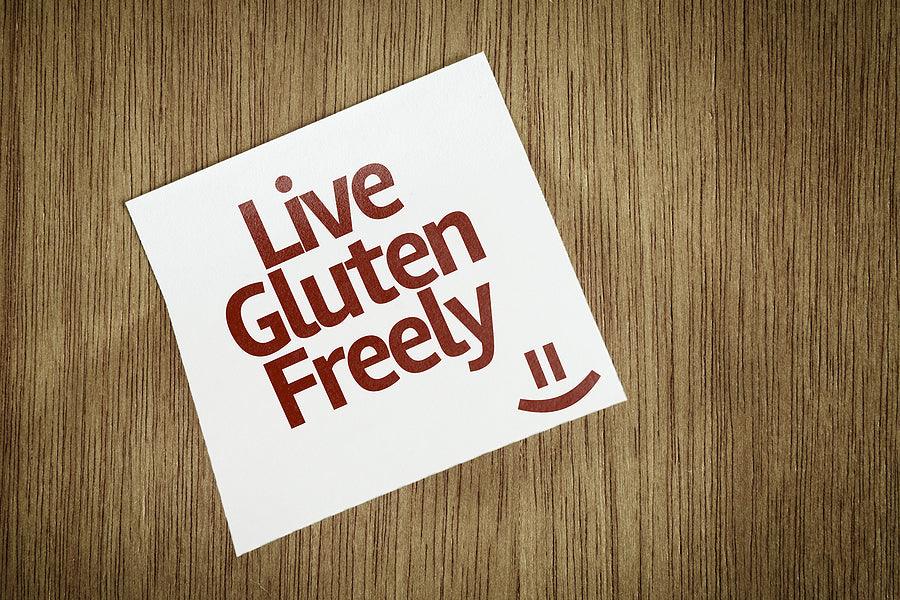
Discovering that you have a gluten sensitivity or celiac disease can change your life as many of the staple foods you eat every day, as well as the favourites you enjoy less regularly will now be off the menu.
Gluten is a protein found in many grains, including wheat, barley and rye. It's common in foods such as bread, pasta, pizza and cereal. Gluten intolerance can include symptoms such as bloating and flatulence, diarrhoea, stomach aches, and constipation, among others.
However, you can still find food and drinks you enjoy, as well as get all the nutrients you need without wheat protein, and you’ll soon feel better than ever! We have some tips on how to start going gluten-free.
Find Substitutes
Thankfully, there is a huge range of gluten-free alternative flours on the market, such as brown and white rice flour, which makes an excellent pizza base. You can also find pasta made from chickpeas or lentils, which will also boost your protein intake.
While cider, wine, sherry, spirits, port and liqueurs are gluten-free, beer, lagers, stouts and ales can contain varying amounts of gluten, making them unsuitable for a gluten-free diet.
However, gluten-free options are available. Whether naturally gluten-free or if the gluten has been removed during manufacture, beer can only be labelled as gluten-free if it contains less than 20 parts per million of gluten.
So you can still enjoy a tasty pizza on a Friday night and wash it back with a cold beer, and rest easy knowing that it is all gluten-free!
Read Labels
As noted with beer, to be labelled as gluten-free, food products must not contain more than 20 ppm. However, some advocates say this doesn’t go far enough, and it is a good idea to be aware of all the ingredients that indicate wheat, and therefore always contain gluten:
- Wheat protein, starch or flour
- Whole wheat
- Bleached or all-purpose flour
- Bulgar
- Malt
- Couscous
- Farina
- Seitan
- Wheat or barley grass
- Wheat germ oil.
You should also exercise caution with the following ingredients:
- Vegetable or plant protein (can be wheat)
- Starch or modified food starch
- Natural and artificial flavours
- Dextrin and Maltodextrin
Do One Thing at a Time
If you’re deciding to go gluten-free, it might seem like the ideal time to adopt a strict paleo-vegan eating plan. If that’s your desire, then go ahead! However, change can take time, and if you find yourself slipping back into some old habits, resist the urge to punish yourself for it.
Studies have shown that it can take over 250 days for a new habit to stick. If you have celiac disease, then you might not have the long to fully adopt a new diet, but even so, it is important to ease yourself into a new eating plan.
Trying to kick all your unhealthy habits in one go can be exceptionally difficult, and may only serve to set you up for failure, so try and tackle one thing at a time.
If you’re looking for gluten-free alcohol-free beer, visit our online store today.
